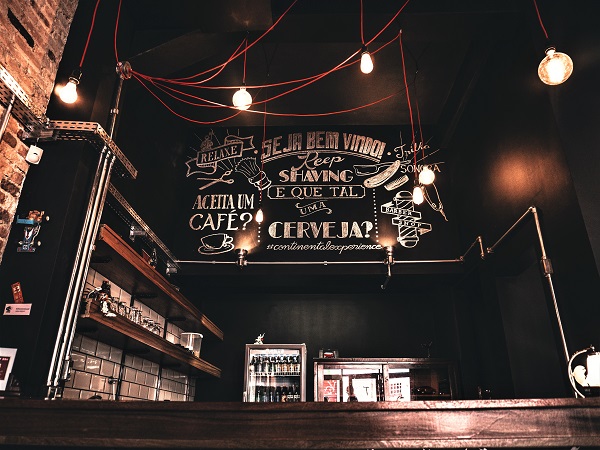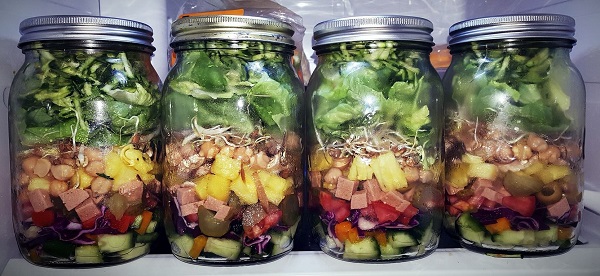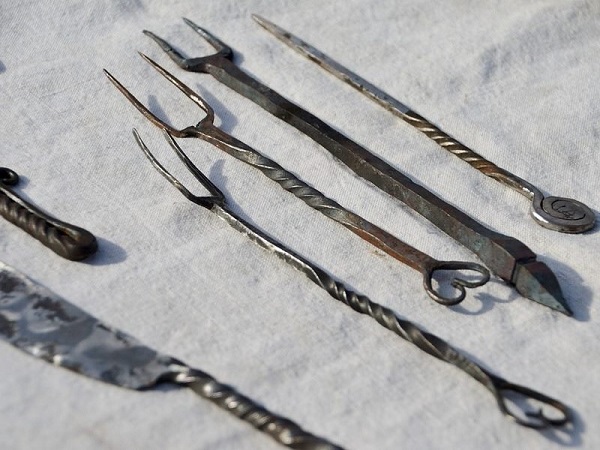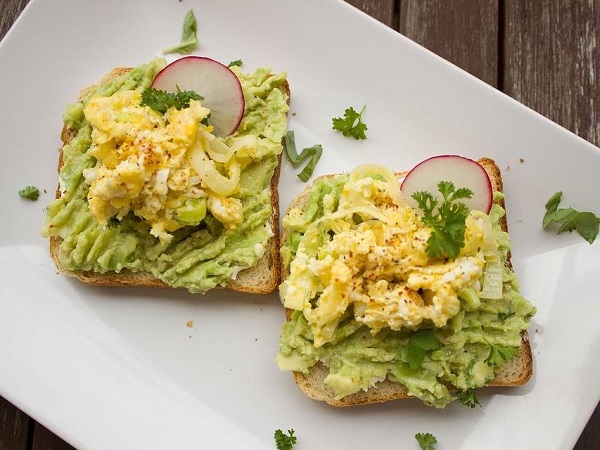How to open a fashionable hipster restaurant in Bulgaria. Short guide

Barcafe.bg: Every tourist in Bulgaria at least once thought about opening their own restaurant or coffee shop here - on the coast or in the mountains. Especially for you, we translated a witty article by a Bulgarian blogger Yana Petkova about what needs to be done to open a fashionable hipster place.
“The restaurant critics of New York keep asking with increasing desperation when avocado toast will finally disappear from the metropolis brunch menu. The hipster movement is giving up its positions, and everyone agrees on this, and it’s probably time for the avocado toasts to become a thing of the past. But they still hold onto their life and popularity somewhere out there - far from Bulgaria.
In Bulgaria, the one who starts to offer this embodiment of “hipsterness” will definitely hit the jackpot, if, of course, they will comply with other requirements for the ultimate hipster place. So that no one scratches their beard and thinks too hard about it anymore, here’s a brief guide:
17 simple steps to opening a hipster restaurant:
1. The first and most important condition - you should not have any experience in restaurant business. But you should have visions - about business in general, about the sustainable development of an enterprise, an idea about craft beer and cocktails and about social inequality.
2. Place. If you’re really committed to this idea, choose the most deserted and squalid part of the city. Believe me, the fame of your establishment will spread quickly and bring you customers. If you have already lived in Bulgaria, then of course you will ignore this advice and choose a place in the very center.
3. Repair the place. Scrape the paint off walls and ceiling. But not carefully, do it as if someone obsessed with the idea of free creativity did it - somewhere better, somewhere worse.  The more visible the electric and water communications, the better. Let the wires hang loosely.
The more visible the electric and water communications, the better. Let the wires hang loosely.
4. Furniture. No identical tables or chairs in the room. Instead of tables, you can use old doors or euro-pallets. Chairs should be stained – with paint or something else that’s impossible to scrub off.
5. Black chalk boards. There should be a lot of them - on any free surface of the walls, or at least enough of them for you to write different inspirational thoughts on them every day. You will later publish these thoughts in Instagram on the background of someone's beard (see below).
6. Arrange and place old books, newspapers, magazines, posters and other paper curiosities that you could find everywhere.
7. Dishes. Make sure that you have enough jars of various shapes and volumes, because you will serve food in them, no matter if it’s liquid or not.  In addition, collect other items - shovels to serve burgers, small baskets and buckets for french fries and mini-hangers to hang toasts.
In addition, collect other items - shovels to serve burgers, small baskets and buckets for french fries and mini-hangers to hang toasts.
8. Forks, spoons, knives – don’t make a mistake by accidentally buying sets of similar cutlery.  Go through the antique shops and buy silver, which hasn’t been used by the owners for ten years at least and has been gathering dust in antiquary for just as long. No cleaning, of course.
Go through the antique shops and buy silver, which hasn’t been used by the owners for ten years at least and has been gathering dust in antiquary for just as long. No cleaning, of course.
9. The same applies to cleaning the room. The less often, the better.
10. Name. You can’t just write “restaurant” or “snack bar” on the sign. Need something more creative, such as "a place for communication" or "workshop of happiness". The title shouldn’t have a direct semantic load like "Alex’s" or "Best Burgers". Something more mysterious like “Alex and Star” or “Be..Bu..” will attract more attention.
11. Menu. Curly kale cabbage, a lot of kale cabbage. And, of course, chickpeas. It’s mandatory for vegan and vegetarian dishes of “author’s suggestions” to form the basis of the menu.  Cook without recipes – only with inspiration. Yes, you should have buns and toasts — homemade, but at your place, not at home. Fried with an idea. Portions should be either very small or huge - nothing average, in this matter rely on your visions of business development.
Cook without recipes – only with inspiration. Yes, you should have buns and toasts — homemade, but at your place, not at home. Fried with an idea. Portions should be either very small or huge - nothing average, in this matter rely on your visions of business development.
12. Charge 300% the price for all products and insert the words “organic”, “bio”, “craft”, “low CO2” in the names of dishes. Is it actually all that - that’s another story.
13. COFFEE - at least 20 varieties! As well as craft beer - with porcini mushrooms flavor, vodka flavor, Brettanomitses (you must understand this!) flavor and pickle flavor, but the American pickle. Forget about wine, unless it’s made of berries or colored blue. A good midpoint is natural wine (you know about the devil in wine - sulfites).
14. Bartenders, waiters, cooks - all with beards and tattoos, if they are men. If women – then, obviously, only tattoos. All of them address customers familiarly, strongly advise to try this or that dish, recommend to make a deliberately wrong choice, and customers unconditionally follow the recommendations.
15. Uniform. Not required, probable though. But God save you from choosing white. The phosphates in laundry powders kill the environment, so washing and bleaching the uniform is just irresponsible.
16. Social networks. Facebook, Instagram, Twitter and another couple that are unknown to the mass user. Constantly be present there! The important thing is what you posted, not what you cooked.
17. Social responsibility. This is also more important than the taste of your food. Support campaigns like “Dogs with us in a restaurant” or “We are against industrial livestock farming” and so on.
Source: Yana Petkova, blogger
Read also:
 Craft beer in Bulgaria - worthy alternative to wine?
Craft beer in Bulgaria - worthy alternative to wine?
 Where are the best wineries in Bulgaria and what kind of wine do they make
Where are the best wineries in Bulgaria and what kind of wine do they make
 Japanese, Indian or Israeli? Kitchen of different countries and continents in the restaurants of Sofia
Japanese, Indian or Israeli? Kitchen of different countries and continents in the restaurants of Sofia